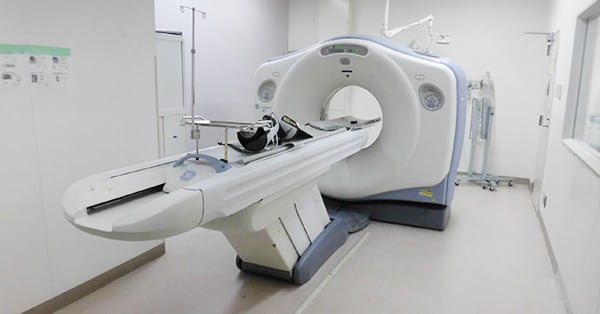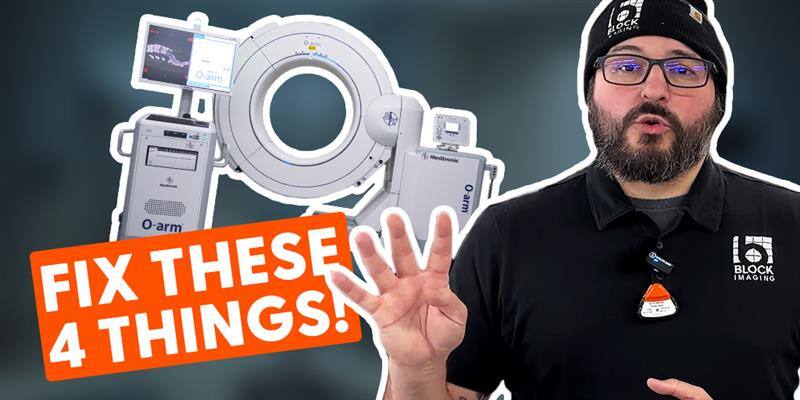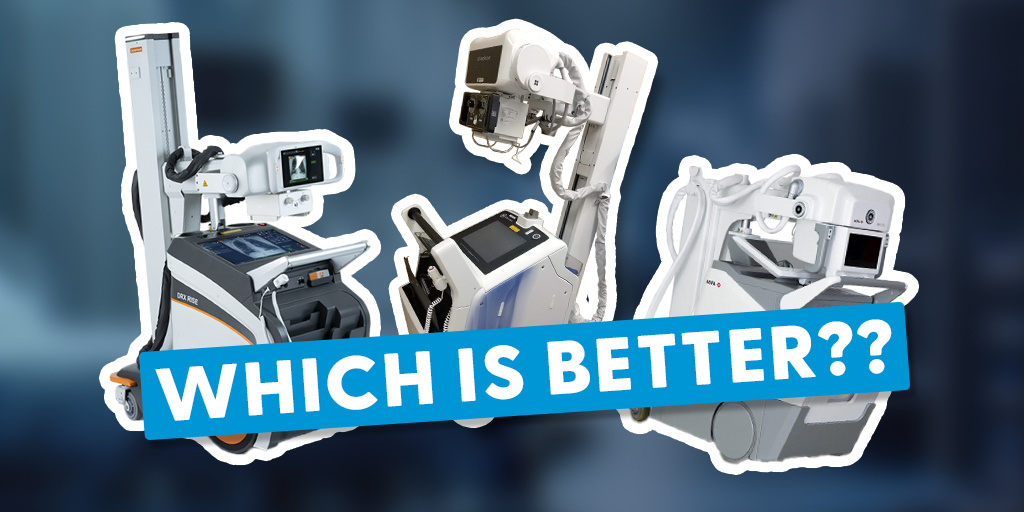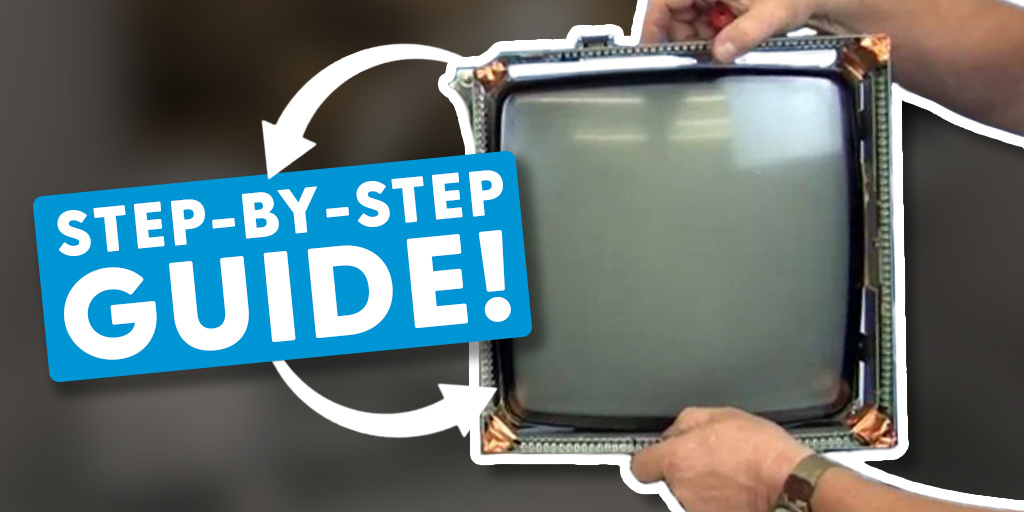
It's apparent from the start that Toshiba's Aquilion 64 and GE's VCT 64 CT scanners have a lot in common. Both scanners are from leading manufacturers, they're both eligible for reimbursement of cardiac scans in the US, and they're both of similar vintage in terms of manufacturing years. As much as these two systems have in common, however, there are also a number of differences between them that anyone on the market for a 64-slice CT scanner would do well to be aware of.
Below, we'll break down the similarities and differences between the Toshiba Aquilion 64 and the GE VCT 64 as well as highlight the areas in which each of them shines.
Have a model in mind already? Click here to browse our CT scanner inventory.
Aquilion 64 and VCT 64 Comparison
What's the same?
There are some features common to both the Aquilion 64 and the VCT 64. These features have such a significant overlap that neither model takes a clear lead in the particular area.
• Gantry tilt range
• Positioning laser lights
• Automatic mA control
• 512 x 512 reconstruction matrix
• 2D construction (basic)
What's different?
The bigger question in comparing the VCT and the Aquilion is learning where they differ. Here are a few of the big things to keep in mind as you compare these two CT models.
Quantum Detector: One clinical differentiator is Toshiba’s Quantum detector. The Quantum offers some of the thinnest slices in the industry at .5mm. GE detectors employ a .625mm slice thickness. This means that the spatial resolution in the transaxial plane (X-Y plane) and the longitudinal direction (Z direction) are equivalent, giving the Aquilion true isotropic spatial resolution.
Maximum continuous scan time: The Aquilion has a continuous scan time of 100 seconds, while the VCT tops out at 60.
System Footprint: The VCT 64 is a more compact system and has a smaller footprint overall, installing in 24 meters square. The minimum install area for the Aquilion is 27 meters square.
Tube replacement cost: The Aquilion uses a proprietary tube that is quite pricey to replace. Brand-new from the OEM, buyers can expect to pay $175,000 to $180,000. Buying a VCT tube from the OEM can cost even more than that, however, Varian and Dunlee make VCT-compatible tubes available for as low as $75,000. On the used market, VCT tubes typically cost 25-40% less than Aquilion tubes.
Where the Aquilion Wins
Up-front cost: A Toshiba 64 can be had for around half the price of a GE VCT 64. There is a significant difference in ongoing costs, but in the right capital equipment budget scenario, this can be a compelling point.
Image quality: For the discerning buyer, with specialized needs for the very finest detail and most delicate work, the thinner slices offered by the Quantum detector afford a slight advantage in overall image quality.
Transferability of options: Those purchasing a CT scanner on the secondary market shouldn't encounter any difficulty transferring the software options installed on a Aquilion to their facility along with the equipment. Each successive buyer of a GE machine may come into the need to purchase software licenses.
Where the VCT 64 Wins
XR-29 compliance: For buyers in the US subject to NEMA XR-29 standards, this is an important advantage. All VCT 64 scanners can be made XR-29 compliant at very little cost. This is sometimes the case with the Aquilion, but there are also circumstances where upgrades that cost as much as $75,000 are needed.
Service costs: Because of wider engineer and parts availability, and the aforementioned 3rd-party tube solutions, the ongoing costs of maintaining a VCT 64 are significantly lower than those for maintaining an Aquilion 64.
Availability: While both models discussed here are available on the secondary market, many Aquilion scanners aren't allowed to cross country lines. Because of this the supply of used VCT 64 scanners is higher.
The Takeaway
If you are a niche buyer whose workload frequently includes very fine vascular work like coronary exams or thin lung nodule scans, the advantages of the Aquilion 64's Quantum detector may be compelling. For the buyer looking to use their scanner in a more general-purpose fashion, the ability to replace tubes for so much less gives the VCT 64 a major advantage in its overall cost of ownership.
Regardless of your specialty or your budget, our team is ready to help you find the best CT scanner for your facility. If you have questions about the Aquilion 64, the VCT 64, or other CT scanner equipment, we're ready to help. Use the button below to tell us what you need.

Paul Crawford
Paul Crawford is the Vice President of Equipment Solutions at Block Imaging. Paul connects with healthcare facilities across the world to offer CT solutions and manages the wholesale sales team. When Paul is not helping customers with their CT needs, he enjoys spending time with his family, watching MSU sports, and CrossFit.





